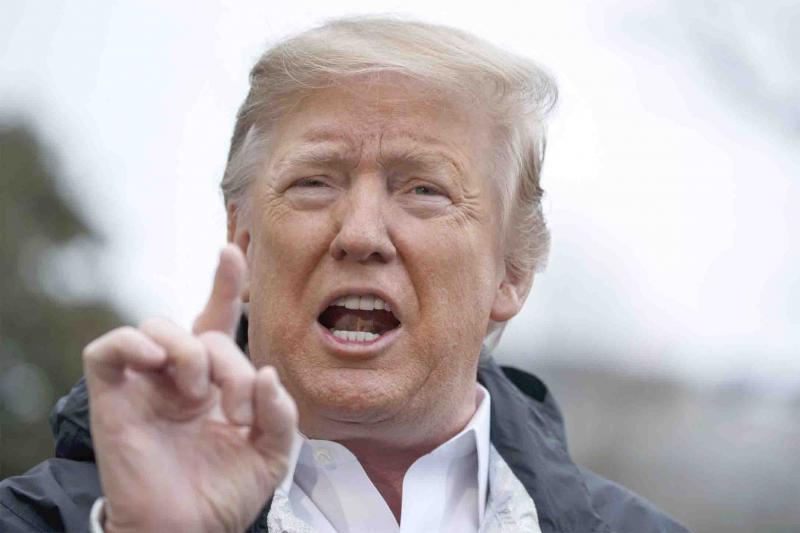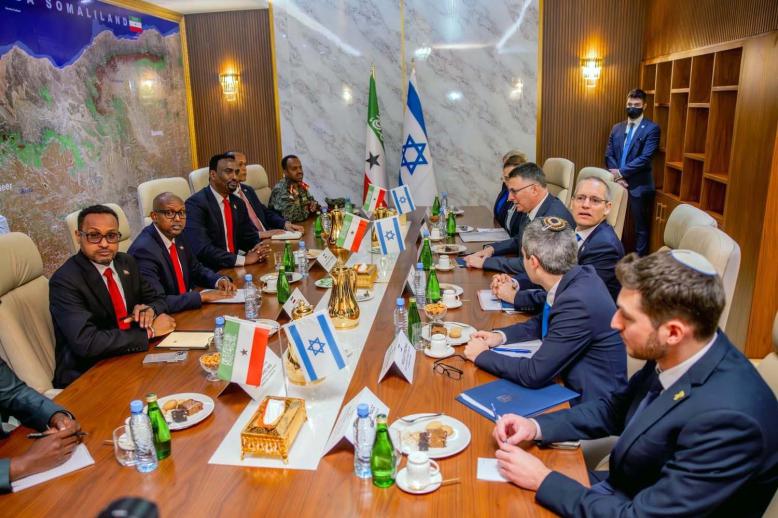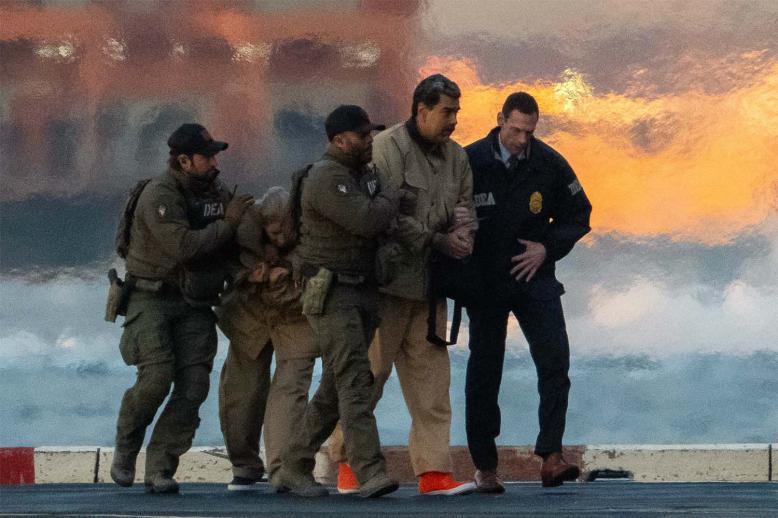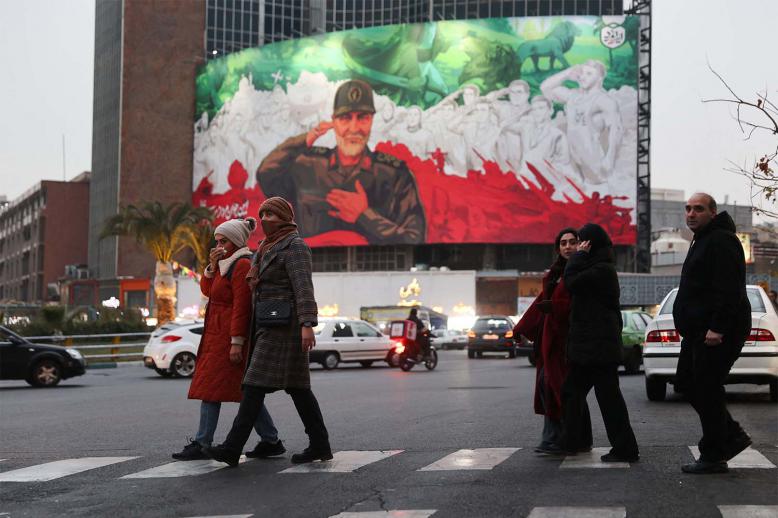Trump’s budget priorities for the Middle East belie its claims
Much of the attention on the Trump administration’s Fiscal Year (FY) 2020 budget proposal has focused on significant increases in defence spending accompanied by substantial reductions in some domestic programmes, including those for the Environmental Protection Agency.
What received much less attention is the sizeable — 23% — reduction in the International Affairs Budget, which deals with US State Department funding and US foreign aid.
Under the US Constitution, the US Congress has the “power of the purse,” meaning it has the prerogative to alter — up or down — any administration budget figures through the appropriations process. Nonetheless, the budget proposal can be read as reflecting an administration’s priorities.
The cuts to the International Affairs Budget are most severe in reducing funding for UN activities by $1 billion and humanitarian assistance by more than 30%. Cuts to the State Department bureaucracy appear to dismantle the refugee assistance bureau.
This comes at a time when the world in general, and the Middle East in particular, face large refugee and humanitarian crises, such as the civil wars in Syria, Libya, Yemen, as well as famine conditions and cholera in the latter country.
The budget attempts to consolidate such assistance into a new account called International Humanitarian Assistance (IHA) and claims components of it are “sufficient to address the needs for Syria, Yemen and other crisis areas.” However, with a 30% reduction overall in humanitarian aid, it is hard to justify the claim that such funding will be “sufficient.”
In terms of US Economic Support Funds to the Middle East, the budget proposal calls for $1.3 billion that is designed to “counter Iranian malign activities and support partners” in the region. Indicative that the Trump administration is so Iran-focused is the fact that it mentions the “malign influence of Iran” twice in the one short paragraph.
Not only that, in the paragraph describing US military assistance, called Foreign Military Financing (FMF), to the region, it repeats the phrase “to counter Iran’s malign influence” in addition to ensuring the “enduring defeat” of the Islamic State (ISIS), al-Qaeda and other terrorist groups.
The budget proposal calls for $3.3 billion for Israel and $1.3 billion for Egypt in military aid, representing 92% of the entire $5 billion in military assistance to the region.
Although the budget proposal says that the United States “prioritises FMF for Lebanon and Tunisia, which are on the front lines of the fight against ISIS and other terrorist groups,” figures for those two countries are substantially less. The administration is proposing $50 million for Lebanon and $40 million for Tunisia in FMF, which is less than the $105 million and $65 million, respectively, that Congress appropriated for those two countries in FY 2018.
The budget proposal calls for $350 million in FMF for Jordan (down from $425 million appropriated by Congress in FY 2018). Figures for Iraq are difficult to discern because military assistance to that country is no longer part of the FMF account, rather it is rolled into the US Defence Department budget and anti-ISIS operations.
There are decreases in economic assistance figures for most Arab countries in the proposed budget compared with appropriated amounts in FY 2018. For example, aid to Jordan falls from $1.1 billion to $910 million; aid to Lebanon falls from $117 million to $62 million; aid to Egypt falls from $106 million to $75 million; aid to Libya falls from $27 million to $17.8 million; aid to Tunisia falls from $79 million to $31.5 million; and aid to Yemen falls from $32 million to $29.6 million.
Hence, the budget proposal represents a decrease in funding to many Arab states.
Over the past couple of years, Congress has increased the International Affairs Budget, even when Republicans controlled both chambers, because many members said the proposed reductions from the Trump administration were detrimental to US security.
This year, now that the Democrats are in control of the House of Representatives, there is likely to be even more opposition to the budget proposal. US Representative Eliot Engel, a Democrat from New York and chairman of the House Foreign Affairs Committee, predicted the administration’s “attempt to hollow out our international affairs budget will meet bipartisan rejection in Congress.”
US Senator Patrick Leahy, a Democrat from Vermont and ranking member of the Senate Appropriations Committee, declared the budget “dead on arrival.” Other members pointed to the huge discrepancy between the proposed defence budget of $750 billion compared to the International Affairs Budget of $40 billion.
It seems that, for all the talk by the Trump administration about “partnering” with countries to oppose Iran, counter terrorist groups and stabilise the region, it is relying much more on the US military and much less so on traditional diplomatic components and foreign assistance programmes.
Gregory Aftandilian is a lecturer at the Pardee School of Global Studies at Boston University and is a former U.S. State Department Middle East analyst.
This article was originally published in The Arab Weekly.







